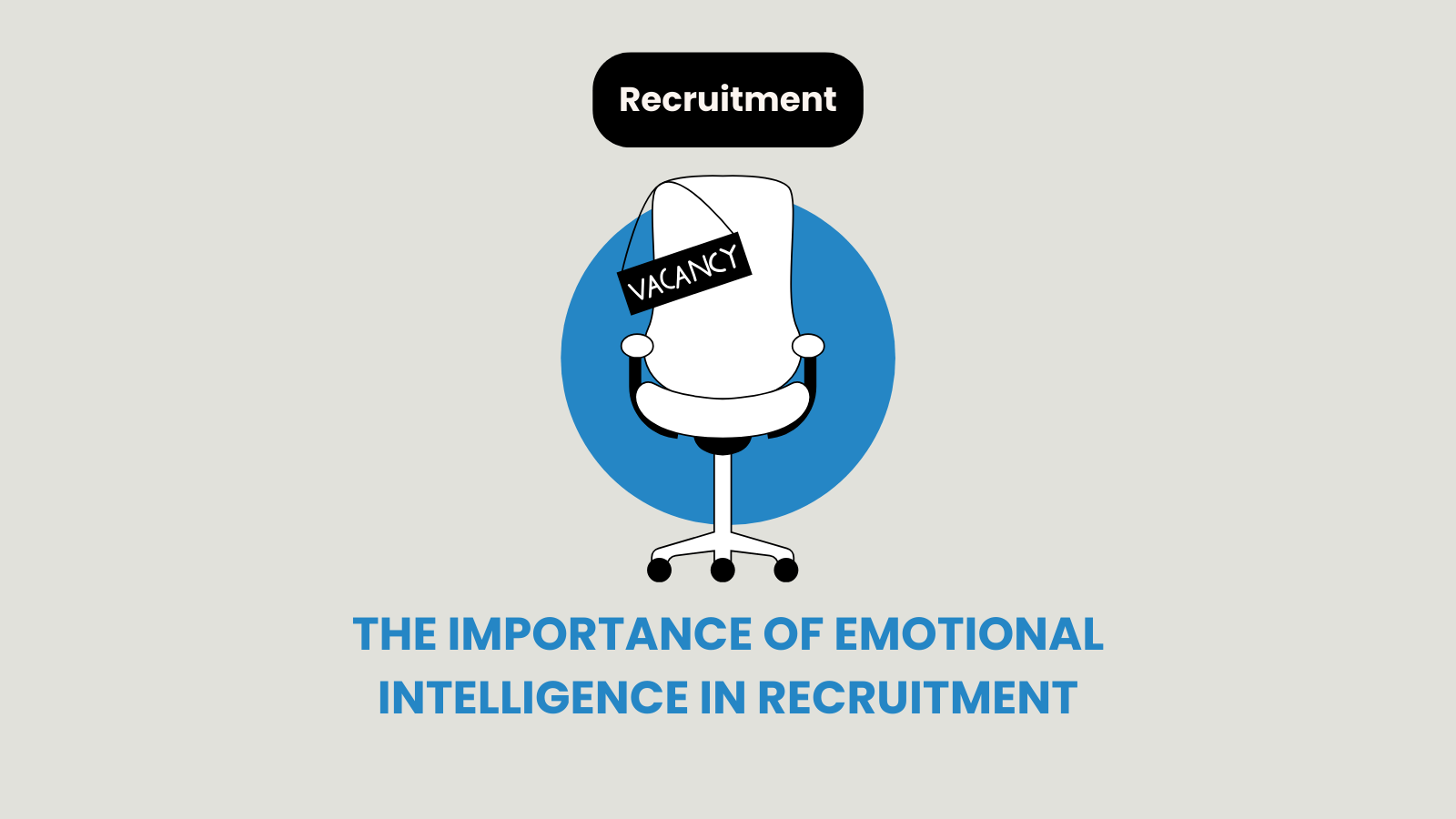Building and leading a development team isn’t always rainbows & butterflies. On the contrary, many vital points need to be carefully considered and aligned. Forming a successful development team starts with setting the priorities in order and creating a business plan. Each project begins with fulfilling specific tasks, and the person in charge of the team should be creating a strategy towards meeting the initial requirements. The team needs to have its objectives, and its role should be perfectly clear. Once the team members have gathered and their aims are set, it’s mainly about appreciating teamwork, striving to achieve excellent communication, celebrate mutual success, and learning how to delegate duties properly.
Sounds simple? It should be, but you should still consider some tests and methodologies that can assure you you’re on the right track. The Joel Test might come handy when covering the basics. It’s uncomplicated, it doesn’t require much time and effort, and it is reasonably accurate.
What is The Joel Test
Joel Spolsky, a Software Developer from New York City, created this test in 2000. Joel is the founder and CEO of Stack Overflow, the creator of Trello project management software, and an ex-Microsoft employee. His idea was to quickly and easily rate the condition, quality, and status of a software team.
Joel Test isn’t time-consuming, and it only takes a few minutes to conduct it. Its concept consists of 12 clear ‘Yes’ and ‘No’ questions. The team is rewarded with one positive point for each question they answer with ‘Yes.’ The higher the score they obtain, the more functional, reliable, productive, and efficient the team is.
Receiving the highest score on the Joel Test undoubtedly leads to the conclusion that the development team is disciplined and perfectly capable of delivering desirable results. Nevertheless, Joel Test evaluates the team and their efforts and reliability, but not the software, which means they can have the perfect score and still deliver an ineffective product.

These are the twelve Joel Test questions to ask:
- Do you use source control?
- Can you make a build in one step?
- Do you make daily builds?
- Do you have a bug database?
- Do you fix bugs before writing new code?
- Do you have an up-to-date schedule?
- Do you have a spec?
- Do programmers have quiet working conditions?
- Do you use the best tools money can buy?
- Do you have testers?
- Do new candidates write code during their interview?
- Do you do hallway usability testing?
Pros and cons of The Joel Test
Having in mind that Joel Spolsky came up with this quick reality check 20 years ago, some items have certainly changed and evolved. Joel himself labeled the test as a bit sloppy and somewhat incomplete. Nonetheless, what’s still outstanding about this checklist nowadays is that it represents a simplistic way to estimate the effectiveness of a software team and takes only 2-3 minutes to complete.
On the other hand, the disadvantage of The Joel Test is the possibility of a loose interpretation of the score. Obtaining the perfect 12 (if the team answers all 12 questions with ‘yes’) still doesn’t pledge that the team is doing fantastic. Yet, a score of ten or less is unquestionably a reason to freak out. Metaphorically. Seriously though, if a software team can’t answer more than ten questions positively, it is a legit reason to be concerned.
So, let’s put the overall impression of The Joel Test real simply.
Can it help a software team figure out some of the principal facts about their efforts and progress?
The answer is ‘Yes.’ Should it be used as the main parameter for testing more complex aspects or layers, or for predicting the outcome? That would be an unconditional ‘No.’
Are all questions on this test equally relevant?
Take a moment and read all 12 questions once again. Would you consider some points as much more significant than others? Let’s take the eighth question as an example. Would this question start a debate now – ‘Do programmers have quiet working conditions?’
An unbothered and unbiased bystander might draw a conclusion that this particular question is a matter of personal preferences, a team’s culture, and an individual approach to prioritizing.
What else has changed over the past 20 years that can discredit this question?

Remote work is more popular than ever. Many developers work from home and have the privilege to be productive while disobeying Joel’s law of silence. If 2020 global crises have taught us anything, it’s that we can perform all daily tasks favorably while looking homeless and singing out loud. Working remotely isn’t a benefit anymore. It is what it always should have been – a valid option that does not interfere with the end results.
Remember when co-working spaces were THE thing? That was only a year ago, and yet it feels like centuries have gone by. Still, once the pandemic is over and we’re all safe, this concept is bound to come back to life and regain its well-deserved popularity. Sitting in a co-working space makes us a tiny bit of content about the potential noise and all interactions. Wanna take it up a notch? Try exploring co-living spaces too.
Headphones. High-quality headphones. Noise-canceling headphones. Technology has enabled us to focus on our work even if we took our gear to the Iron Maiden concert.
Testing a Remote development team
Although The Joel Test manages to cover some crucial points, the success, punctuality, and credibility of a remote development team might include other parameters that need to be examined. The first rule that constitutes a successful remote team implies the matters of motivation, dedication, and self-discipline. Remaining motivated is a continuous process. Each team needs to strive to constantly enhance their knowledge, to set goals, and to learn how to focus on achieving them. Being inspired should be a daily thing. However, interviewing and screening processes should contain questions that cover the candidates’ self-motivation and willingness to learn, grow, and continually contribute to the group. Improved recruiting and hiring process will most certainly help the remote teams check ‘Yes’ when analyzing their efforts and stability.
While we’re at it, soft-skills are worth mentioning. Outstanding communication is essential when working on any project and under any conditions. Needless to say that this particular aspect of collaboration has greater meaning when it comes to remote work.
Employee experience, satisfaction, and engagement depend on several factors. Their impressions are formed before the official start date. Which means that the onboarding process plays a vital role in every employee’s lifecycle, and it’s especially important to set up a proper onboarding if your team is working remotely.
On another note, employee satisfaction is closely connected to a great work-life balance, which can be tricky for some to achieve when they work from home. Helping colleagues or employees out with their schedule, being flexible yet well-organized, and celebrating the significance of personal time is crucial for remote teams.
Having these facts in mind, feel free to come up with your own set of adequate questions that will help you grasp the actual state of affairs within your remote development team.

Should you use The Joel Test?
As we’ve seen, The Joel Test has its advantages, but it’s a bit flawed, and some questions feel a little outdated. The bottom line is – factors from The Joel Test can’t determine success or failure. You could have a fabulous software team developing a product that doesn’t meet the market’s needs. Regardless of the score, users aren’t going to understand, enjoy, or even use the product.
Using The Joel Test helps clear some things out, and the results will point out some problems or impediments. But, do not rely entirely on those results, because there’s no such thing as the perfect score that can be measured solely based on a few guidelines and variables. Give it a chance but expand it to match your unique needs.




